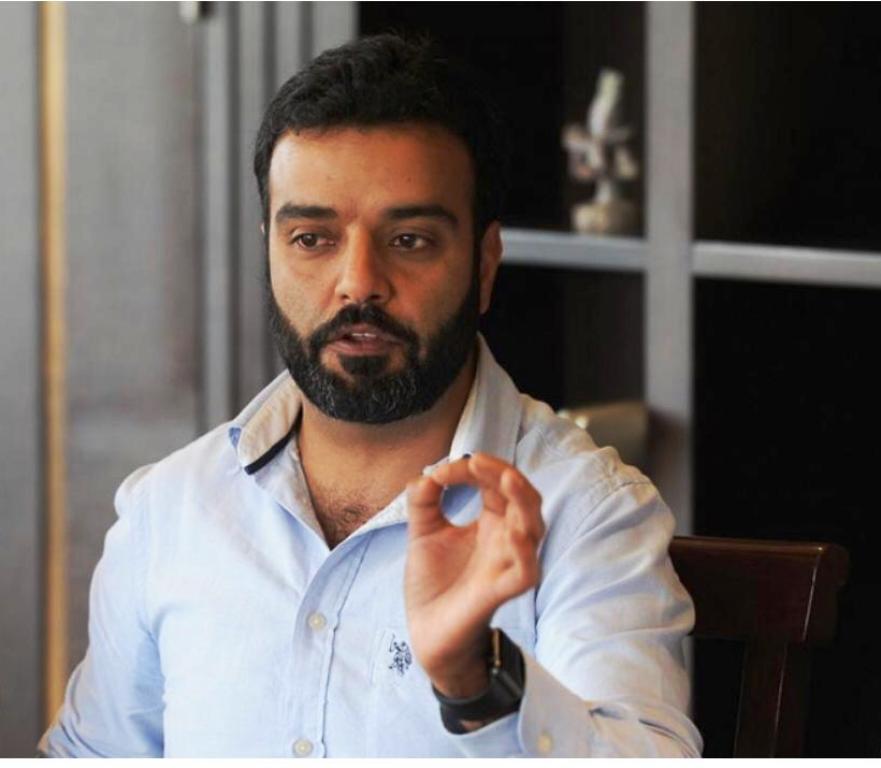KL Desk
SRINAGAR
Elections to Rajya Sabha are conducted every 2 years. The quota for each state is fixed as per Schedule 4 of the constitution.
Rajya Sabha election for the four Jammu and Kashmir seats is scheduled on February 7, 2015.
The Rajya Sabha is to consist of not more than 250 members – 238 members representing the States and Union Territories and 12 members nominated by the President. The distribution is on the basis of population.
The candidates are elected by the Legislative Assemblies of States and Union territories by means of Single transferable vote through Proportional representation. In other words, people elect the MLAs and the MLAs elect the Rajya Sabha members (who are nominated by their political parties).
The elections are organised by the election commission of India (ECI).
The political party that has a majority in the state assembly normally gets to send the maximum number of MPs to the Rajya Sabha. The value of the vote of one MLA is calculated.
However twelve members are nominated by the President of India having special knowledge in various areas like Arts, Science etc. However they are not entitled to vote in Presidential elections as per Article 55 of Indian Constitution.
The allocation of seats in the Council of States to each State or Union territory is set out in the Fourth Schedule of the Constitution of India. This number is roughly in proportion to the State’s population. A nominated member is not eligible to vote.
According to Article 83 of the Constitution, the Council of States shall not be subject to dissolution, but, as nearly as possible, 1/3 of the members thereof retire as soon as may be on the expiration of every second year. Thus elections are staggered with 1/3 members being elected every 2 years.
According to Article 80(4) of the Constitution, the representatives of each State in the Council of States shall be elected by the elected members of the Legislative Assembly of the State in accordance with the system of proportional representation by means of the single transferable vote. The procedure for counting of votes is laid down in the Conduct of Elections Rules, 1961.
The method of the indirect election is used for the representatives of the States and of the Union Territories of the Rajya Sabha. (Except for 12 people who are selected by the President)
By Single transferable vote it is meant that voters are given the choice to rate the candidates in order of their preferences. A minimum expected vote count is set. During the first preference count those are declared winners whose votes are greater than the predefined minimum expected vote count. Surplus votes of winners are transferred on to next level where second preference of voters is counted. If during the first count no winner gets the minimum expected vote count then the candidate with minimum first preference votes gets eliminated and his/her votes are transferred to second preference count. This process repeats until you have as many candidates left as the number of vacant seats.
Rajya Sabha or the upper house members (except 12) are elected by the Electoral College, constituting of state legislatures. Method used is single transferable vote via proportional representation.















